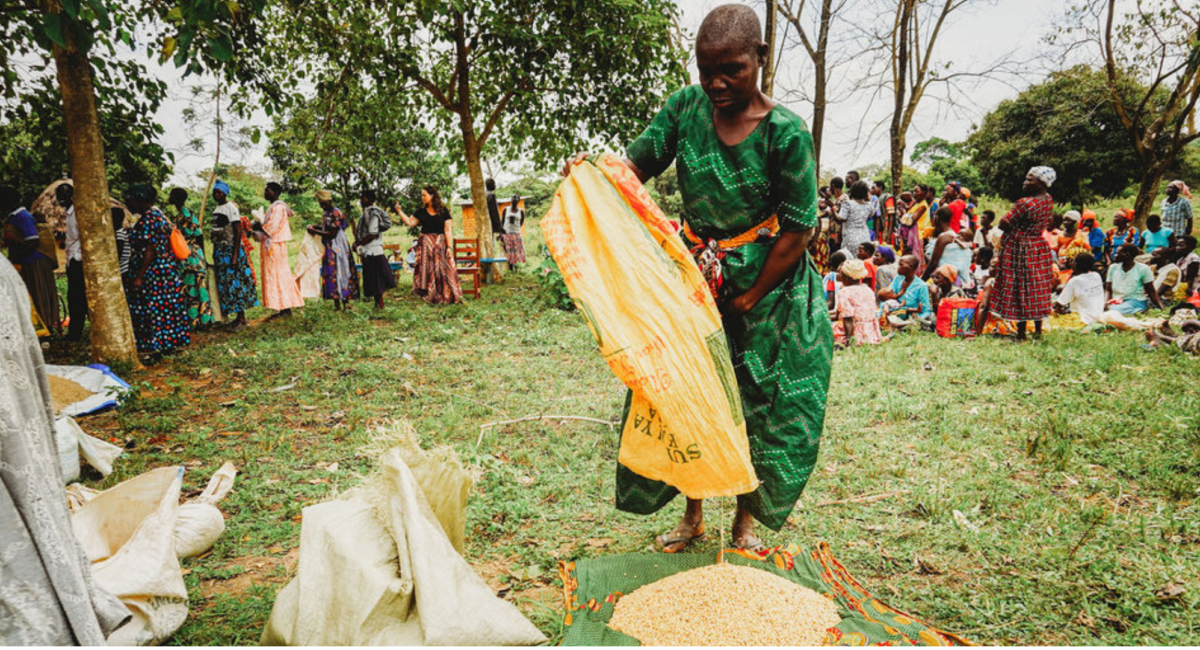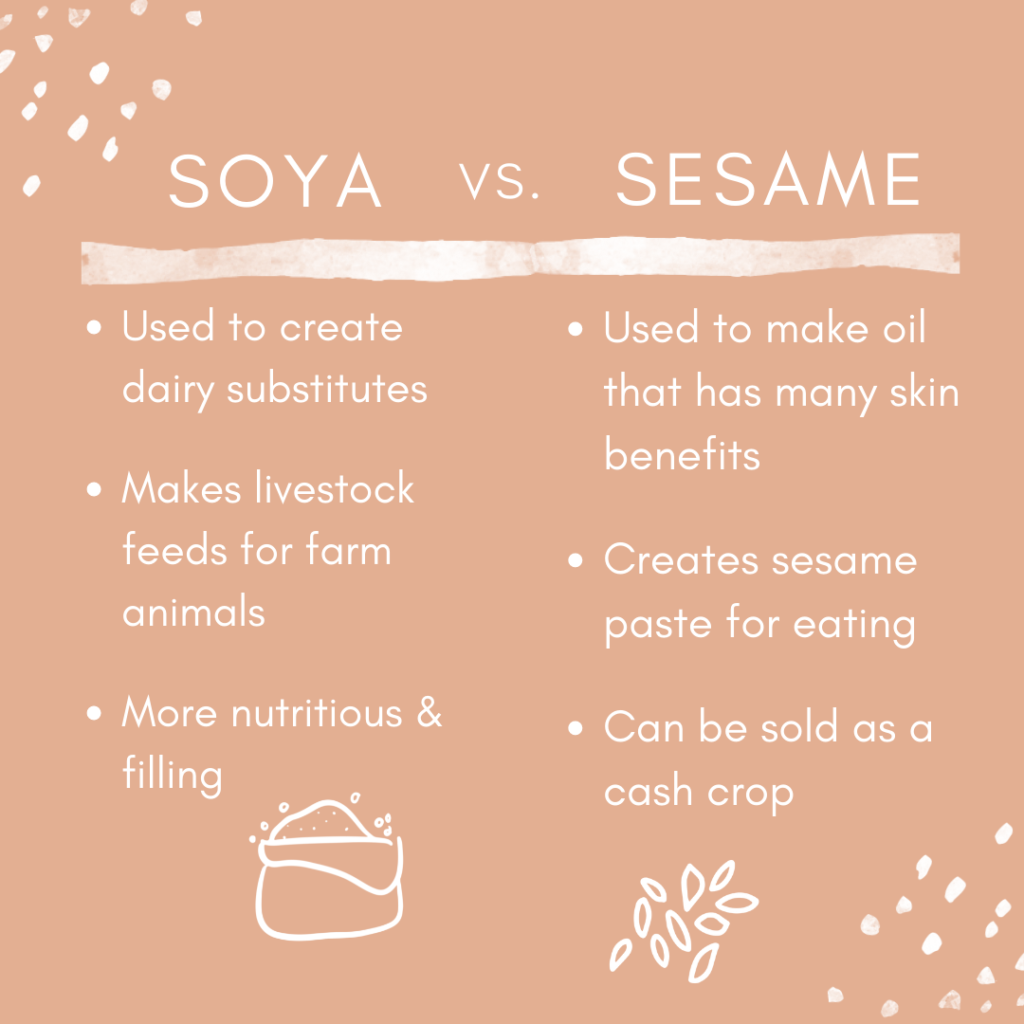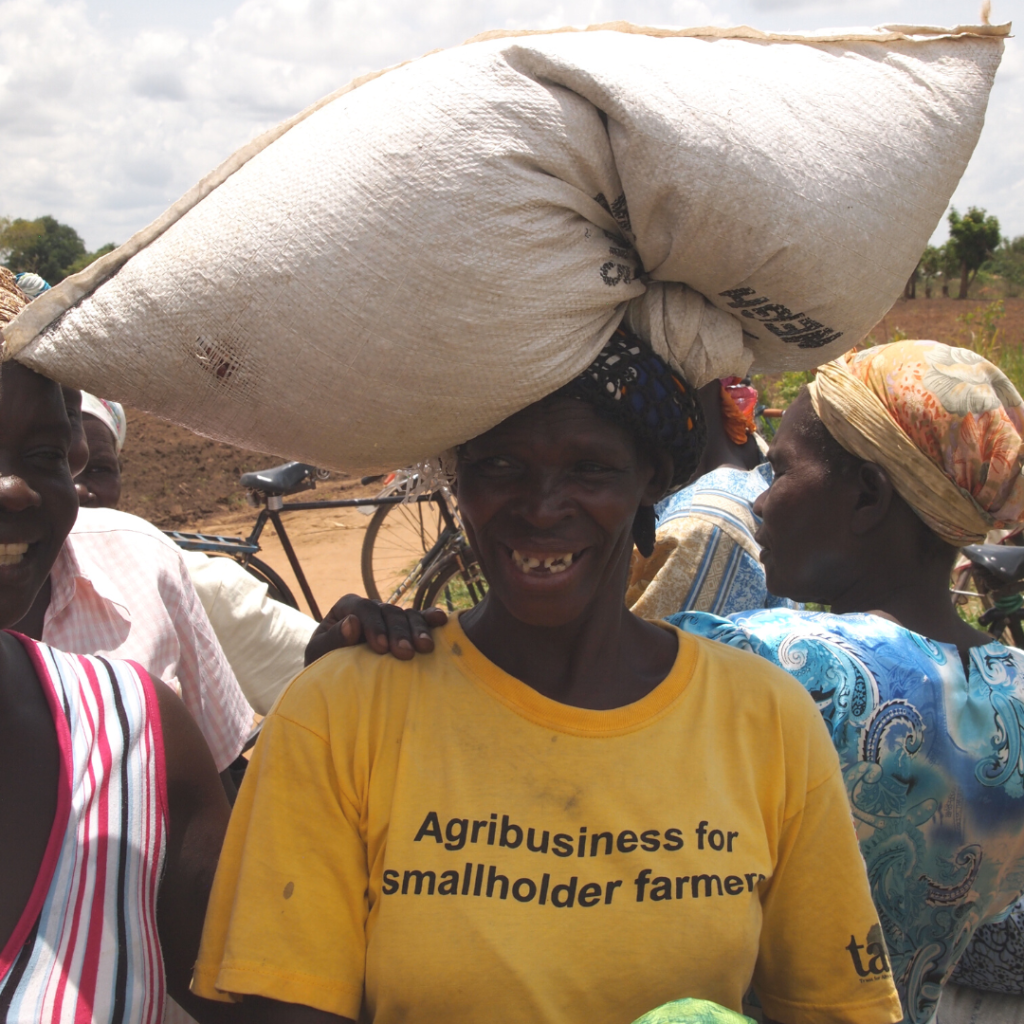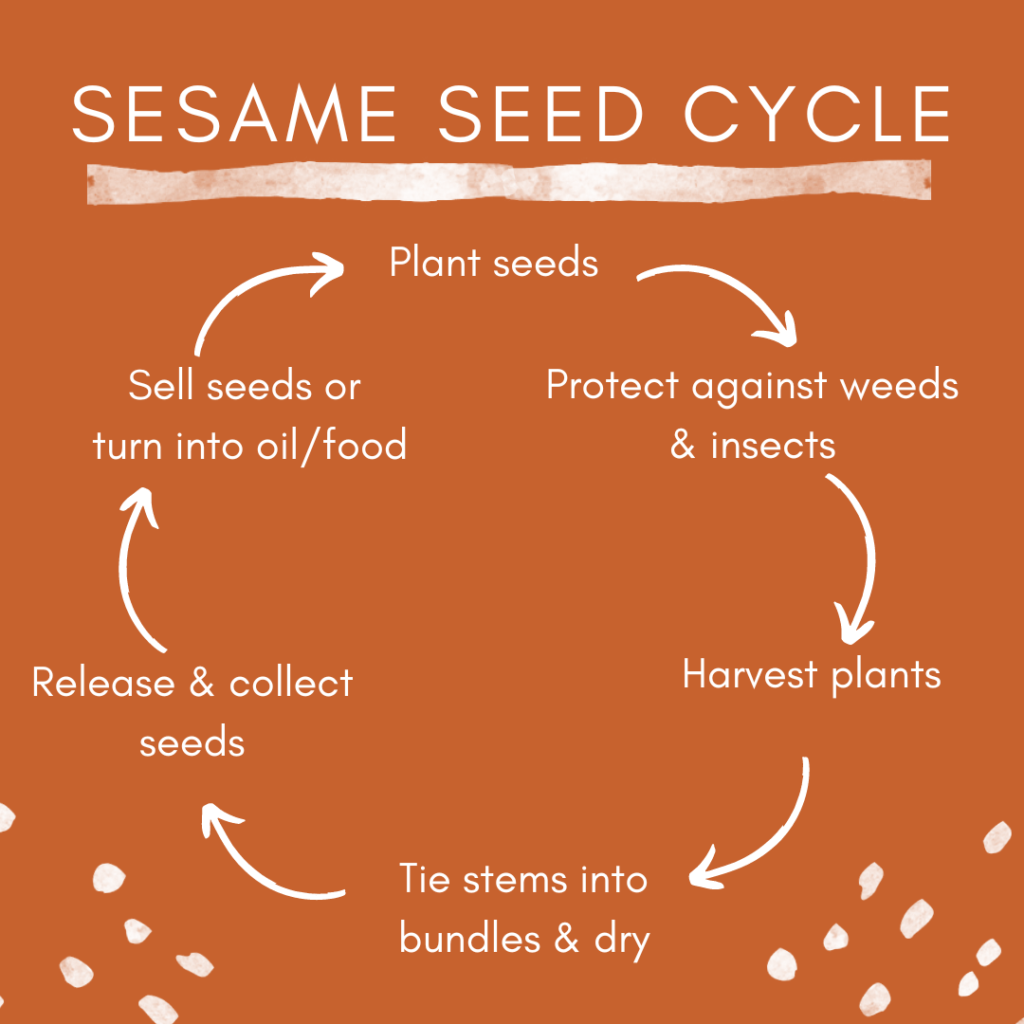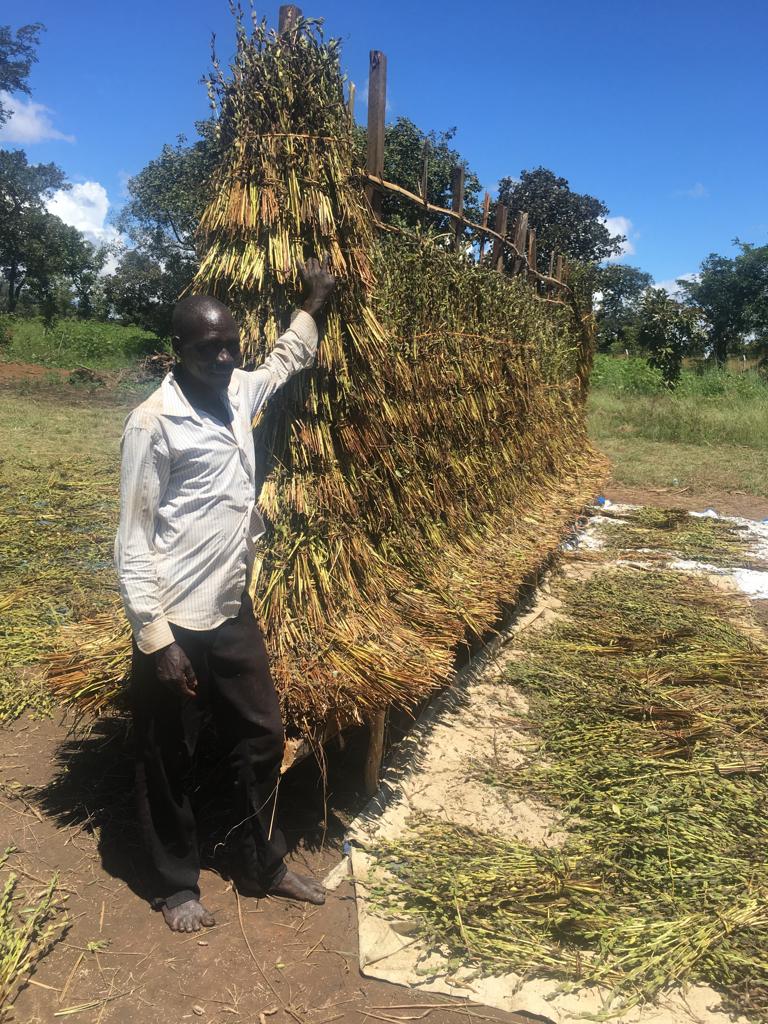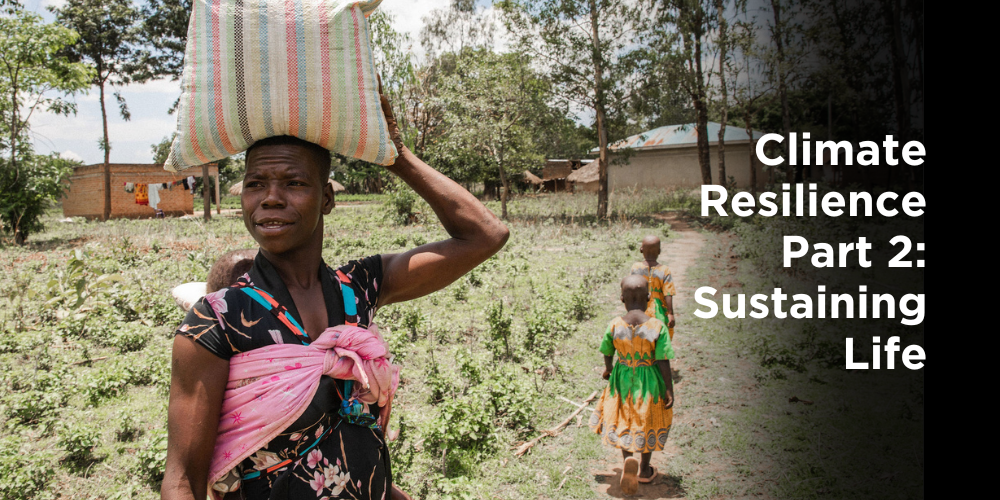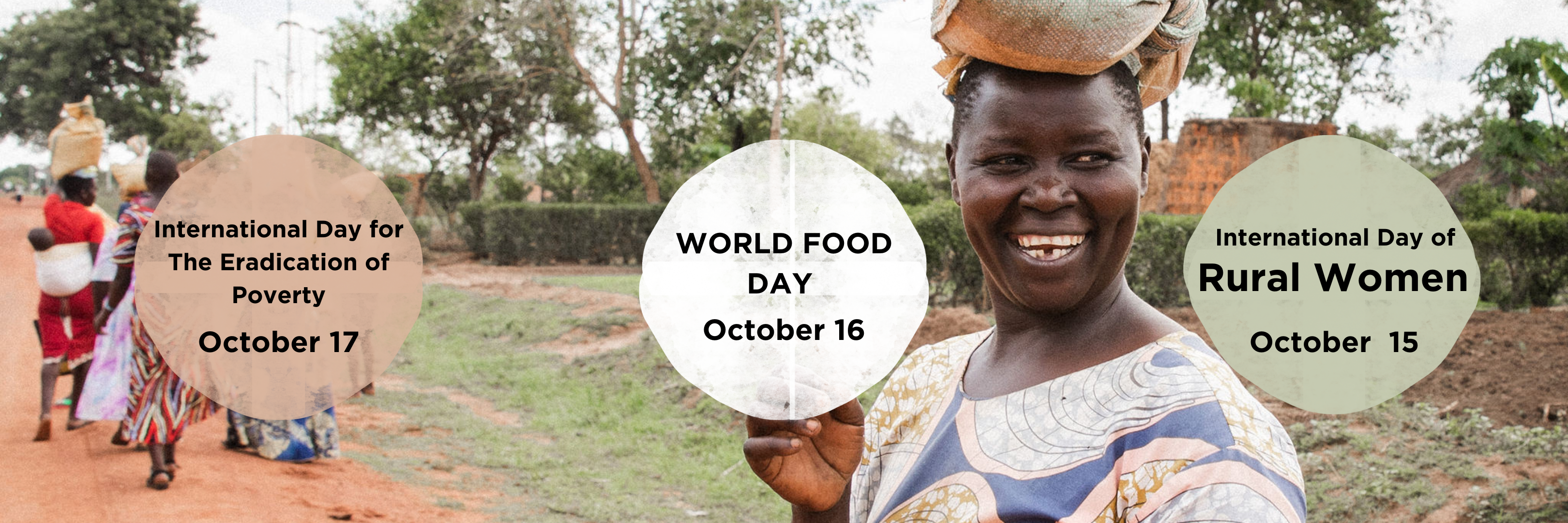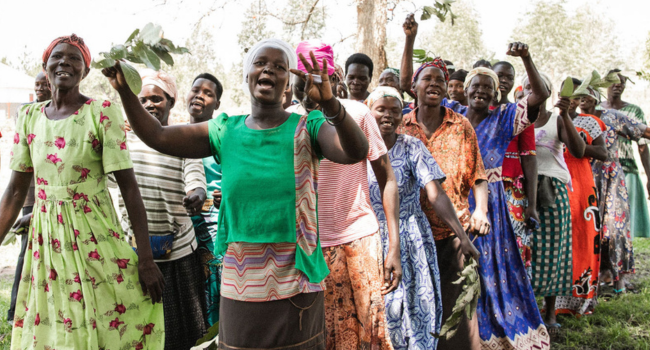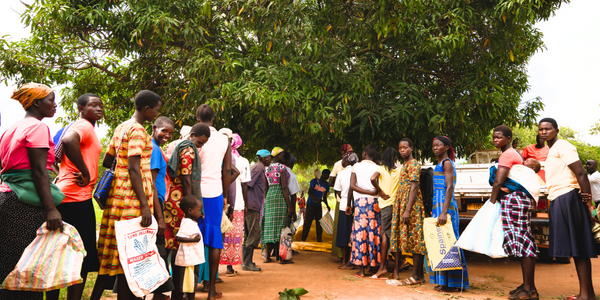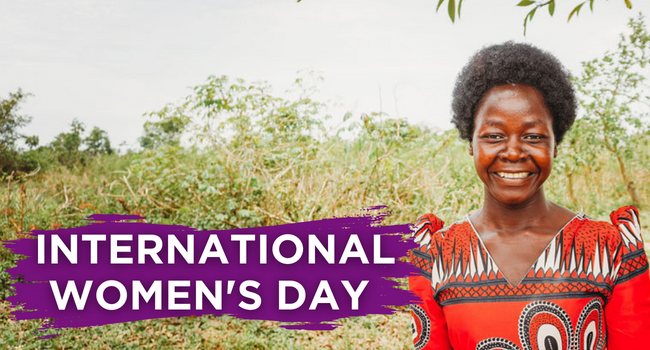Seed Distribution in Uganda
Earlier this year in March, women participating in Cents for Seeds received soya seeds and farming tools during the first planting season of the year. On average, 49,000 kgs of seeds and over 4,300 hoes are distributed in March to new and returning women!
In addition to distributing seeds and farming tools, the Cents for Seeds team in Uganda have been busy providing training to the women about how best to cultivate the land and grow their seeds. This included information about land preparation, fertilizer application, and pest control. The farmers are given the opportunity to ask any questions during the training session, or directly to their group leader afterwards.
Soya Seeds and Sesame Seeds
Most women who received supplies in March received soya seeds. For the next round of seed distribution in June, women will be receiving sesame (or simsim) seeds.
So how are soya seeds and sesame seeds different?
First, the two seeds have different uses. For example, soya beans can be used to make dairy substitutes and also livestock feeds for farm animals. It is a more nutritious, more filling seed for the diet. Sesame, on the other hand, is used to make an oil that has many health benefits when applied to the skin, to create sesame paste for eating, and it can be sold as a cash crop at market.
There are also differences in how soya seeds and sesame seeds are grown. For instance, sesame seeds should not be planted as deeply as soya seeds, since sesame seeds are quite small. Additionally, soya seeds can grow in many different types of climates, while sesame seeds grow best in warm areas with little rainfall, such as northern Uganda. It was for this reason that sesame seeds were selected as a primary crop for Cents for Seeds. The climate of northern Uganda is particularly dry, and even during drought seasons, some sesame crops can still flourish if they have had enough initial rainfall to begin.
How is sesame grown?
June is Sesame season
Starting this month, the women in northern Uganda will be receiving their seed loans of sesame and learning how best to tend their crops. They will be supported every step of the way.
First, sesame seeds are planted in shallow, well-fertilized trenches. During the first few weeks after planting, it is important to protect the growing area from competing weeds. Women must also be aware of insect pests that can lead to low productivity of the sesame.
Once the sesame leaves turn yellow, it is time for the women to harvest the plants with a knife. The stems are then tied into bundles and placed on racks that tower upward rather than along the ground to dry. Once completely dry, the bundles are hit across the rack to release the seeds. The seeds need a lot of sun and a long time to dry. If the seeds are still damp when they are collected, they will not be able to be used until the next year.
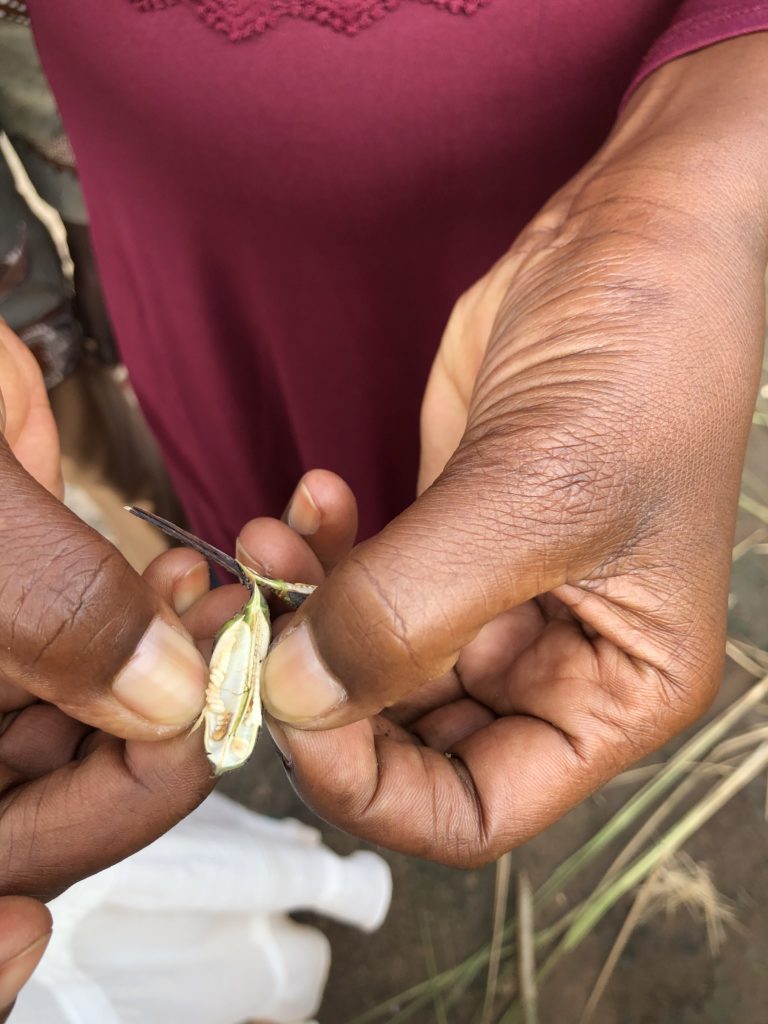
As the rain is arriving, the time for planting sesame seeds is quickly approaching. The seeds should be planted just after the rains have arrived, which has already happened in some locations.
Help women in northern Uganda grow this crop to provide their families with food and a source of income.
Can you give the gift of a seed loan this June?

